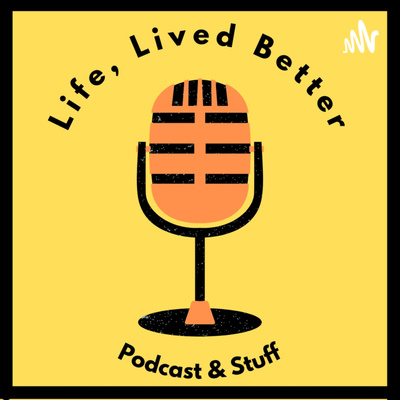Recovery to Practice
UNT Recovery to Practice
Recovery to Practice (RTP) promotes recovery for everyone and is designed to increase awareness, acceptance, and the adoption of recovery-based practices. UNT RTP is available to addiction and recovery professionals, peers, individuals in recovery, students, family members, the community, and anyone interested in learning more about addiction and recovery.
WORKING DEFINITION OF RECOVERY
Recovery - a process of change through which individuals improve their health and wellness, live self-directed lives, and strive to reach their full potential.
Four Dimensions of Recovery
SAMHSA identified four dimensions that support life in recovery:
- Health: overcoming or managing one’s disease(s) as well as living in a physically and emotionally healthy way.
- Home: a stable and safe place to live.
- Purpose: meaningful daily activities, such as a job, school, volunteerism, family caretaking, or creative endeavors, and the independence, income, and resources to participate in society.
- Community: relationships and social networks that provide support, friendship, love, and hope (SAMHSA, 2010).
SAMHSA’s Guiding Principles of Recovery
- Recovery emerges from hope The belief that recovery is real provides the essential and motivating message of a better future – that people can and do overcome the internal and external challenges, barriers, and obstacles that confront them.
- Recovery is person-driven Self-determination and self-direction are the foundations for recovery as individuals define his or her own life goals and design unique path(s).
- Recovery occurs via many pathways Individuals are unique with distinct needs, strengths, preferences, goals, culture, and backgrounds, including trauma experiences that affect and determine the pathway(s) to recovery. Abstinence is the safest approach for those with substance use disorders.
- Recovery is holistic Recovery encompasses an individual’s whole life, including mind, body, spirit, and community. The array of services and supports available should be integrated and coordinated.
- Recovery is supported by peers and allies Mutual support and mutual aid groups, including the sharing of experiential knowledge and skills, as well as social learning, play an invaluable role in recovery.
- Recovery is supported through relationship and social networks An important factor in the recovery process is the presence and involvement of people who believe in the person’s ability to recover; who offer hope, support, and encouragement; and who also suggest strategies and resources for change.
- Recovery is culturally based and influenced Culture and cultural background in all its diverse representations, including values, traditions, and beliefs, are keys in determining a person’s journey and unique pathway to recovery.
- Recovery is supported by addressing trauma Services and supports should be trauma-informed to foster safety (physical and emotional) and trust, as well as promote choice, empowerment, and collaboration.
- Recovery involves individual, family and community strengths and responsibility Individuals, families and communities have strengths and resources that serve as a foundation for recovery.
- Recovery is based on respect Community, systems, and societal acceptance and appreciation for people affected by mental health and substance use problems – including protecting client rights and eliminating discrimination – are crucial in achieving recovery, (SAMHSA, 2012).
